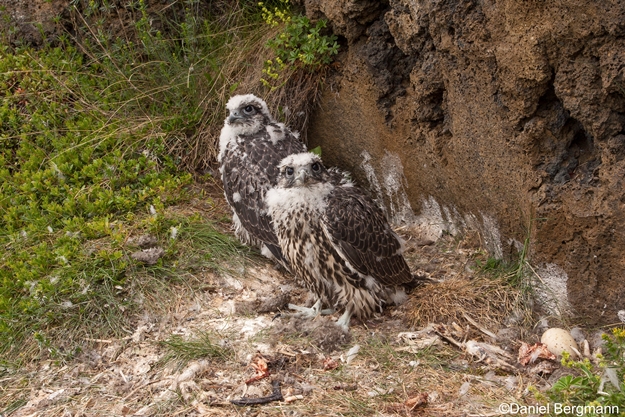Melanins form the basis of animal pigmentation. When the sulphurated form of melanin, termed pheomelanin, is synthesized, the sulfhydryl group of cysteine is incorporated to the pigment structure. This may constrain physiological performance because it consumes the most important intracellular antioxidant (i.e., glutathione, GSH), of which cysteine is a constitutive amino acid. However, this may also help avoid excess cysteine, which is toxic. Pheomelanin synthesis is regulated by several genes, some of them exerting this regulation by controlling the transport of cysteine in melanocytes. The possibility that these genes are epigenetically labile regarding protein intake and thus contribute to cysteine homeostasis was investigated. In the Icelandic population of gyrfalcon Falco rusticolus, a species that pigments its plumage with pheomelanin, it was shown that the expression of a gene regulating the export of cystine out of melanosomes (CTNS) in feather melanocytes of developing nestlings increases with food abundance in the breeding territories where they were reared. The expression of other genes regulating pheomelanin synthesis by different mechanisms of influence on cysteine availability (Slc7a11 and Slc45a2) or by other processes (MC1R and AGRP) was not affected by food abundance. As the gyrfalcon is a strict carnivore and variation in food abundance mainly reflects variation in protein intake, the authors is suggest that epigenetic lability in CTNS has evolved in some species because of its potential benefits contributing to cysteine homeostasis. Potential applications of these results should now be investigated in the context of renal failure and other disorders associated with cystinosis caused by CTNS dysfunction. informacion[at]ebd.csic.es: Galván et al (2017) Gyrfalcons Falco rusticolus adjust CTNS expression to food abundance: a possible contribution to cysteine homeostasis. OECOLOGIA Doi 10.1007/s00442-017-3920-6
https://link.springer.com/article/10.1007/s00442-017-3920-6

 Las altas temperaturas están provocando que las lagunas y las marismas de Doñana pierdan agua rápidamente
Las altas temperaturas están provocando que las lagunas y las marismas de Doñana pierdan agua rápidamente




